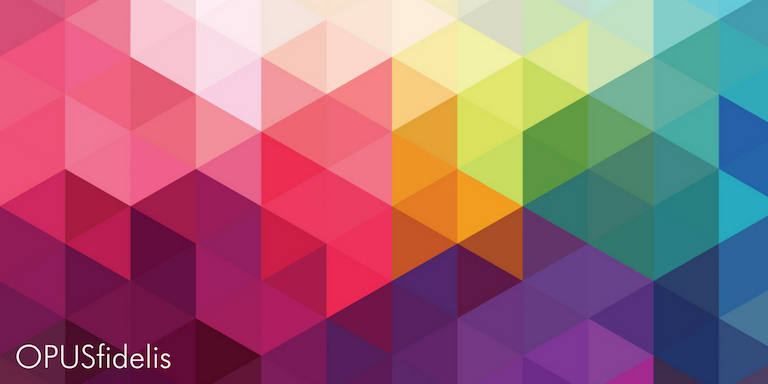Psychology of color is an important part of branding and brand impressions. Whether you like it or not, something as simple as the colors in your logo can have a dramatic effect on the perception of your brand. But is there one “best color?”
A recent study from creative platform 99designs, analyzing logos from 14,000 businesses across various industries, provides fresh insights:
Research from freelance designer platform 99designs revealed blue to be the dominant color of logos in the accounting, healthcare, technology, real estate and marketing and PR sectors…
Legal firms tend to favor one dominant color (usually blue, grey or black) on its own or accompanied by a neutral secondary color. Real estate businesses have proven themselves to be more colorful, however more than two-thirds of the industry-leading logos in the industry still feature blue…
Agriculture skews towards the earthy colors of green, brown, yellow and red, while tech brands rely on blue, white, black and red (no other color appears in more than 12% of logos in the sector).
Red is favored by big retailers as its eye-catching shade makes it attractive to all vendors; 99designs highlighted the logos of Target, Staples and Macy’s, while Argos, H&M and Iceland are all examples of rouge brands in Europe.

Interestingly, smaller, newer businesses were more open to unusual colors, while established businesses stuck to more “normal” shades like blue and red. This could be attributed to the recent growth of niche businesses and their desire to project unique brand identities.
Pamela Webber, chief operating officer of 99designs commented:
The challenge in choosing the right marketing logo colors, at least today, is to appeal to both sides. Communications brands want the professionalism of yesterday with the dazzling appeal of tomorrow. Logos have to be flashy enough to attract clients, but formal enough to be taken seriously.
The question is, what audience is your brand trying to appeal to? If your customers are an older demographic, than sticking with traditional colors such as red and blue will project a traditional and trustworthy image. But if you have a younger audience, branching out and experimenting with fun colors for your brand will help project a more unique image.


